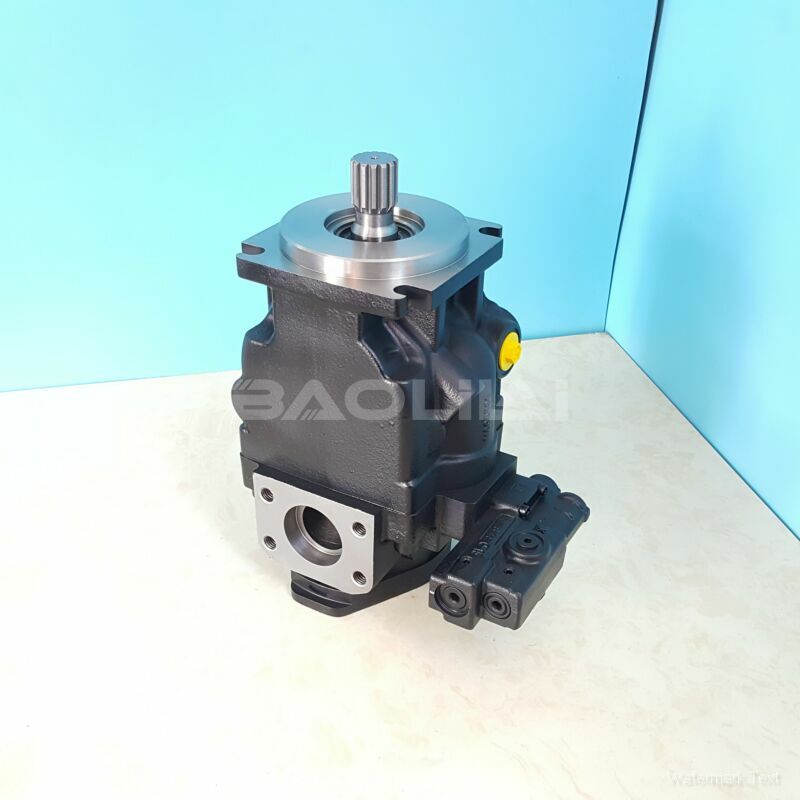JRRS75CLS2120NNN3S1AEA2NNNNJJJNNN piston pump
JRRS75CLS2120NNN3S1AEA2NNNNJJJNNN piston pump

- Product Details
- Applicable Scene
Hydraulic pumps play a critical role in the efficient operation of water treatment plants. These pumps are essential for managing the flow and pressure of water throughout the various stages of treatment, from initial intake to final distribution. The utilization of hydraulic pumps not only enhances the effectiveness of water treatment processes but also contributes to the overall reliability and sustainability of water supply systems.
JR-R-S75C-LS-21-20-NN-N-3-S1AE-A2N-NNN-JJJ-NNN
JRRS75CLS2120NNN3S1AEA2NNNNJJJNNN
One of the primary functions of hydraulic pumps in water treatment plants is to transport water from one stage of the treatment process to another. This begins with the raw water intake, where pumps draw water from rivers, lakes, or reservoirs. At this stage, it is crucial to maintain a consistent flow rate to ensure that other treatment processes, such as sedimentation and filtration, can operate optimally. Hydraulic pumps achieve this by providing the necessary pressure to move large volumes of water efficiently.

83027175
Moreover, during the chemical dosing phase, hydraulic pumps are used to accurately inject chemicals, such as coagulants and disinfectants, into the water stream. The precise control of flow rates is vital in this regard, as too much or too little chemical can significantly affect the treatment efficacy and subsequent water quality. Hydraulic pumps designed for variable flow rates enable operators to adjust dosing levels in real time based on varying water quality and treatment requirements.
In addition to managing flow rates, hydraulic pumps help maintain the necessary pressure throughout the treatment process. Insufficient pressure can lead to stagnation or insufficient flow, resulting in incomplete treatment. Conversely, excessive pressure can cause damage to equipment or even disrupt the treatment process. Therefore, hydraulic pumps are equipped with pressure regulators and safety features to ensure that optimal pressure levels are maintained, thereby enhancing operational safety and efficiency.





